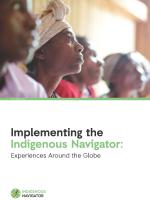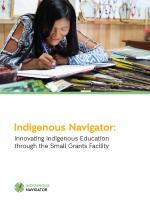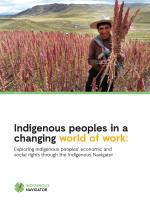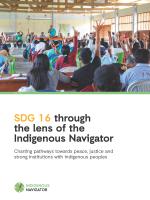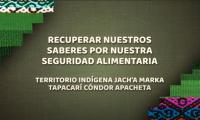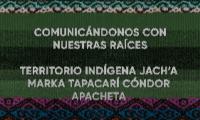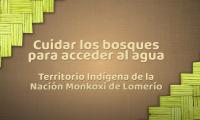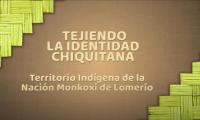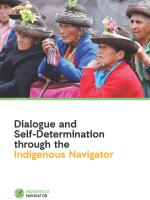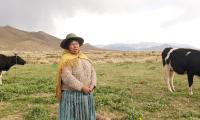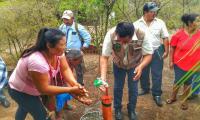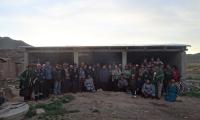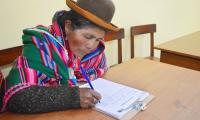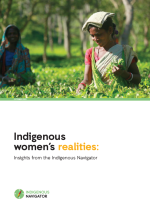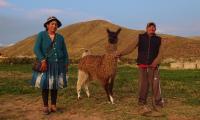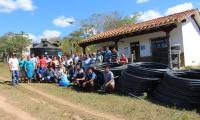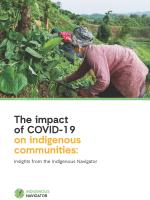Bolivia
According to the 2012 National Census, 41% of the Bolivian population over the age of 15 are of indigenous origin, although the National Institute of Statistics’ (INE) 2017 projections indicate that this percentage is likely to have increased to 48%.
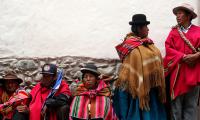
According to the 2012 National Census, 41% of the Bolivian population over the age of 15 are of indigenous origin, although the National Institute of Statistics’ (INE) 2017 projections indicate that this percentage is likely to have increased to 48%.1 Of the 38 peoples recognised in the country, the majority in the Andes are Quechua-speaking peoples (49.5%) and Aymara (40.6%), who self-identify as 16 nations. In the lowlands, the Chiquitano (3.6%), Guaraní (2.5%) and Mojeño (1.4%) peoples are in the majority and, together with the remaining 2.4%, make up 34 recognised indigenous peoples. To date, the indigenous peoples have consolidated 23 million ha. of collective property under the status of Community Lands of Origin (TCOs), representing 21% of the country’s total land mass. With the approval of Decree Number 727/10, TCOs were constitutionally renamed Native Peasant Indigenous Territories (TIOCs). Bolivia has been a signatory to ILO Convention 169 since 1991. The UN Declaration on the Rights of Indigenous Peoples has been fully transposed by means of Law Number 3760 of 7 November 2007. With the entry into force of Bolivia’s new State Political Constitution in 2009, the country took the name of Plurinational State.
